Interviews
Skateboarding at Manzanar
Giant Robot once went to Manzanar concentration camp, ‘cause that’s probably one of the more closest ones that we could drive to that kind of has some structural element of what was there, so we went and wrote an article about it. We tried to look at it from a different point of view, because, I always read about it, but you never read about like what’s exactly there, so we actually went there.
And we actually took our skateboards, and we have big wheels on our skateboards, they were made for dirt, so we figured that place was all dirt, so we decided, hey I know there’s hills and stuff, so we decided to try to skateboard around that area just for fun, and by doing that though, we actually explored a lot and found that there’s this great reservoir where you can skateboard in. We actually looked closely at the cement and realized that like the Japanese Americans that actually made that, actually wrote their names, you know, there’s some Japanese American names etched into that cement probably by twigs and rocks or something.
We just thought that that was really interesting that you would never read about, that you just realize that it kind of humanizes the place more, that it wasn’t just this barren landscape. There’s actually like these weird elements of culture that still remains, and I think that’s kind of interesting. That’s what I thought was the coolest part that I’ve never heard of.
Yeah, so when I go to places like that, I always look for things that aren’t necessarily written about, or historical, but stuff that makes me laugh a little, that you know, these guys were just kids there, you know, the people there were just kids, they were just like me, so that’s something I would have done, is etch my name somebody (laughs), with some other people, I mean they never thought that anyone was going to see it, but no, I saw it, just so they know, you know, but I saw it. It’s important, yeah.
Date: November 27, 2005
Location: California, US
Interviewer: John Esaki and Janice Tanaka
Contributed by: Watase Media Arts Center, Japanese American National Museum
Explore More Videos
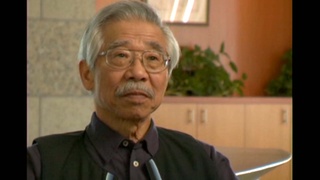
Life in camp as teenager
(1926 - 2012) Scholar and professor of anthropology. Leader in the establishment of ethnic studies as an academic discipline
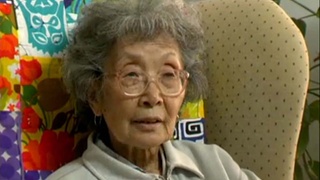
Didn't have rights that whites had
(1922–2014) Political and civil rights activist.

Californians didn't know about evacuation
(1922–2014) Political and civil rights activist.

Conditions of assembly centers
(1922–2014) Political and civil rights activist.

Visit to assembly centers by E. Stanley Jones
(1922–2014) Political and civil rights activist.

Hiding what happened in camp
(1922–2014) Political and civil rights activist.



Camp as a positive thing
(1922–2014) Political and civil rights activist.
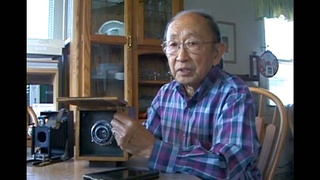
His father describes the importance of photographing camp life
(1924-2016) Photographer and businessman.
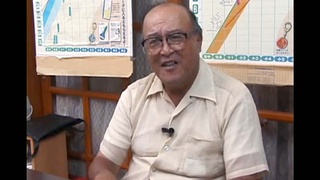
Involvement in JACL
(b.1935) American born Japanese. Retired businessman.

Importance of education in achieving redress for incarceration
(1919-2014) Activist for civil rights and redress for World War II incarceration of Japanese Americans.

Finding work in the assembly center
(b.1913) Kibei from California who served in the MIS with Merrill’s Marauders during WWII.

Train ride to Jerome Relocation Center
(b.1913) Kibei from California who served in the MIS with Merrill’s Marauders during WWII.
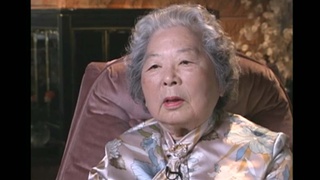
Evacuation
(b.1909) Nisei from Washington. Incarcerated at Tule Lake and Minidoka during WWII. Resettled in Chicago after WWII
